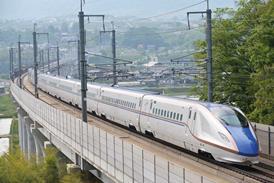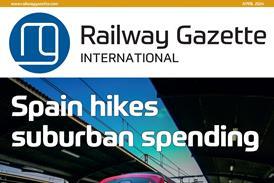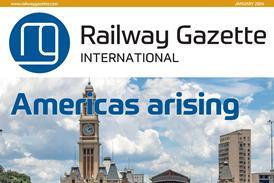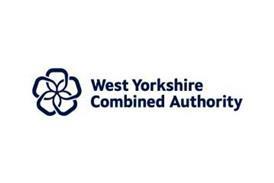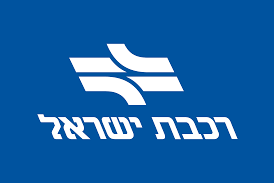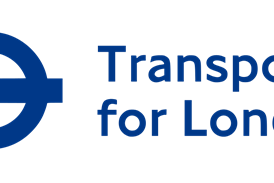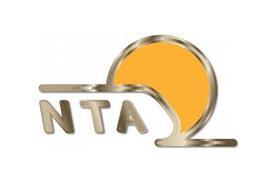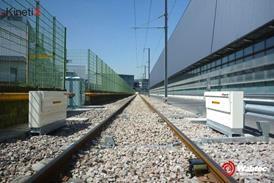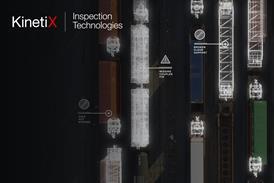PREPARATIONS to trim the timings of EuroCity and InterCity trains on Poland’s main east-west corridor between Kunowice and Warszawa are making good progress. Part of the important E20 transit route, this 685 km trunk line is undergoing a major upgrading that will allow freight trains with 22·5 tonne axleloads to run at 120 km/h and passenger trains at 160 km/h. By the winter 1999-2000 timetable change, 88·7 km will be cleared for 160 km/h, and the ultimate target is to clear three-quarters of the route for this speed.
Polish State Railways should soon have a fleet of locos able to run at 160 km/h, allowing Warszawa - Poznan EC/IC services to be accelerated. Target time for the 308 km trip is 2h 31min. In time, Warszawa - Berlin will come down to 4h 45min.
Poznan-based Bogdan Bresch from PKP’s Infrastructure Directorate, who has overseen much of the work west of the capital, says ’we know that the Warszawa - Poznan timings will be competitive with the airlines, and perhaps the Berlin service will be too.’
With PKP about to sign a contract for a fleet of Pendolini, the option exists to use them on this route, but PKP has given priority to the north-south inter-city axes where the trains’ tilting ability offers greater benefits. Running tilting trains into Germany would require safety and operational certification, which in the wake of the VT611 problems and the ICE crash last year may be a lengthy process.
There has been discussion in the past of a through Berlin - Moscow gauge-convertible Talgo service, but PKP had investigated a Warszawa - Lvov Talgo service and found that the investment could not be justified. In any case, a fleet of 200 km/h sleeping cars has recently been built in Germany for through services to Russia, and Bresch felt these were adequate for present needs.
Upgrading of the 473 km western section of the E20 corridor began in 1993 using a funding package worth 487m euros. Just over 40% of this came from PKP and a government grant, with 200m euros as a credit from the European Investment Bank.
Studies detailing the work were carried out by DE-Consult in co-operation with the Kolprojekt railway design office in Warszawa. The job included bridge replacement, track renewal and realignment, power supply, overhead wires and signalling, and station reconstruction.
Side platforms have replaced islands, with the tracks realigned to eliminate curves. Concrete edging slabs can be raised so that track maintenance machinery can operate unobstructed through the stations. Where possible, subways are replacing foot crossings, particularly in urban areas.
Level crossings are being gated, but there are no funds to replace them with bridges. In some cases PKP has had to build roads beside the line to the nearest level crossing as the traditional, dangerous paths across the tracks have been closed.
PKP is paying special attention to achieving good drainage in what is essentially flat country, as, in the words of Poznan-based E20 investment manager Isabela Miler, ’water is the enemy of the track’.
East of Warszawa the 211 km to Terespol is divided into two lots. The 37 km from the capital to Minsk Mazowiecki is costed at 80m euros, and the 174 km on to Terespol at 400m euros. Work on the initial section to Minsk Mazowiecki was due to be finished by the end of last year, but severe flooding in July 1997 in Silesia resulted in the diversion of state funds away from the E20 corridor. This delayed the start of work, and only this year did the reconstruction teams move on to site.
Another part of the project consists of upgrading the line from Lowicz to the west of Warszawa with Lukow to the east. Running via Skierniewice to the south of the capital, this route will form a bypass allowing freight to avoid Warszawa. This is scheduled for completion in 2005.


